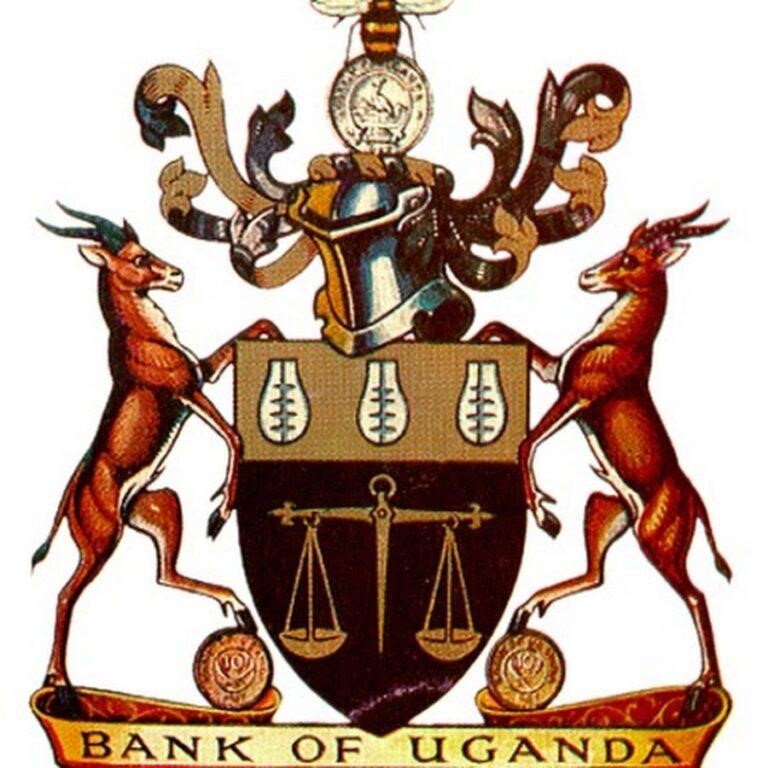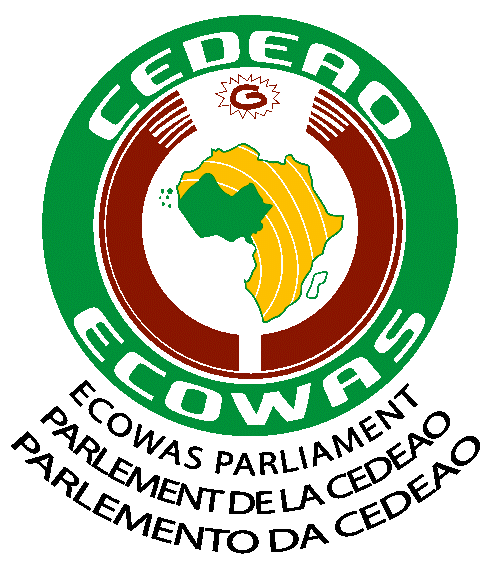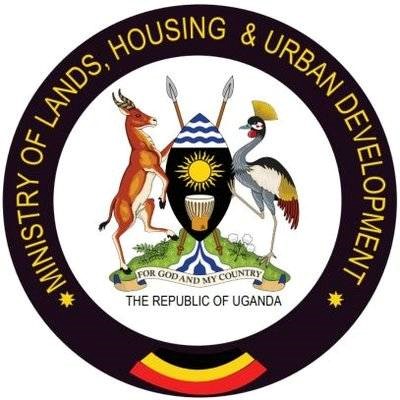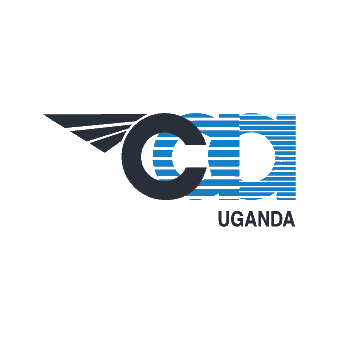Advanced HDM-4 Training Course: Mastering Highway Design and Maintenance for Sustainable Infrastructure
INTRODUCTION
The Highway Development and Management Tool (HDM-4) is a powerful software used globally for highway planning, design, maintenance, and economic evaluation. This Advanced HDM-4 training course builds upon foundational knowledge, equipping participants with advanced techniques and best practices to leverage the full potential of HDM-4 for optimizing highway investments and ensuring sustainable infrastructure development. Participants will delve into complex modeling scenarios, advanced calibration techniques, economic analysis, and practical application of HDM-4 in real-world projects. This highway design and maintenance training is crucial for professionals involved in highway engineering, planning, and management. This course covers key areas like advanced modeling, calibration & validation, economic analysis, scenario management, and practical applications, empowering you to become a proficient HDM-4 user and contribute to efficient and sustainable highway infrastructure.
DURATION
10 days
TARGET AUDIENCE
This course is designed for professionals who have completed a basic HDM-4 training and have some practical experience with the software. Specifically, it targets:
- Highway Engineers: Individuals responsible for design, construction, and maintenance of highways.
- Transportation Planners: Professionals involved in planning and evaluating highway projects.
- Highway Maintenance Managers: Individuals responsible for managing highway maintenance activities.
- Consultants: Professionals providing consulting services in highway engineering and planning.
- Researchers: Individuals conducting research related to highway design, maintenance, and management.
COURSE OBJECTIVES
Upon completion of this course, participants will be able to:
- Understand advanced HDM-4 functionalities and features.
- Develop complex highway models incorporating various design and traffic parameters.
- Calibrate and validate HDM-4 models using real-world data.
- Conduct comprehensive economic analysis of highway projects.
- Manage and compare different project scenarios effectively.
- Apply HDM-4 to solve real-world highway design and maintenance challenges.
- Interpret HDM-4 outputs and make informed decisions.
- Understand the limitations and assumptions of HDM-4.
- Integrate HDM-4 with other relevant software and tools.
- Stay up-to-date with the latest HDM-4 updates and best practices.
COURSE MODULES
Module 1: Advanced HDM-4 Interface and Navigation
- Customizing the Workspace: Tailoring the interface to individual preferences, creating custom layouts, and managing toolbars.
- Data Management: Efficiently importing and exporting data in various formats (e.g., CSV, shapefiles), managing large datasets, and data validation techniques.
- Project Management: Creating, saving, and organizing HDM-4 projects, managing multiple project files, and version control.
- Advanced Search and Filtering: Quickly locating specific data within large projects using advanced search and filtering options.
- Batch Processing: Automating repetitive tasks using batch processing capabilities to improve efficiency.
Module 2: Complex Network Modeling
- Network Topology: Building complex highway networks with accurate representation of intersections, interchanges, roundabouts, and multi-lane facilities.
- Link and Node Attributes: Defining detailed characteristics of links (e.g., length, grade, alignment) and nodes (e.g., intersection type, traffic control).
- Multi-modal Networks: Incorporating other modes of transportation (e.g., bus routes, bike lanes) into the network model.
- Network Editing Tools: Using advanced editing tools to modify network geometry, attributes, and connectivity.
- Importing Network Data: Importing network data from GIS software and other sources.
Module 3: Traffic Modeling and Data Integration
- Traffic Volume and Composition: Inputting and managing traffic volume data, including annual average daily traffic (AADT), peak hour volumes, and traffic composition.
- Traffic Growth Projections: Forecasting future traffic volumes using various growth models and considering factors like population growth and economic development.
- Traffic Assignment: Assigning traffic to the network based on user-defined criteria and traffic flow models.
- Integrating Traffic Data: Importing traffic data from traffic surveys, simulations, and other sources.
- Calibration of Traffic Models: Calibrating traffic models using observed data and validating model outputs.
Module 4: Pavement Performance Modeling
- Pavement Types and Structures: Defining different pavement types (e.g., flexible, rigid) and their structural layers.
- Deterioration Models: Understanding and applying various pavement deterioration models for predicting roughness, cracking, rutting, and other distresses.
- Environmental Factors: Incorporating environmental factors (e.g., temperature, rainfall) into pavement performance models.
- Pavement Maintenance and Rehabilitation: Modeling the impact of different maintenance and rehabilitation strategies on pavement performance.
- Calibration of Pavement Models: Calibrating pavement performance models using pavement condition data and validating model outputs.
Module 5: Calibration and Validation Techniques
- Data Requirements for Calibration: Identifying and collecting the necessary data for calibrating HDM-4 models.
- Calibration Process: Step-by-step guidance on calibrating various model components (e.g., pavement, traffic, economic).
- Statistical Analysis of Calibration Results: Using statistical methods to evaluate the goodness-of-fit of calibrated models.
- Sensitivity Analysis: Assessing the impact of input parameters on model outputs.
- Validation Techniques: Validating HDM-4 models using independent datasets and comparing model predictions with observed data.
Module 6: Economic Analysis and Evaluation
- Cost-Benefit Analysis: Conducting cost-benefit analysis for highway projects, including construction costs, maintenance costs, user costs, and environmental costs.
- Net Present Value (NPV) and Benefit-Cost Ratio (BCR): Calculating NPV and BCR for different project scenarios and evaluating their economic viability.
- Economic Indicators: Using other economic indicators (e.g., Internal Rate of Return (IRR), Equivalent Uniform Annual Cost (EUAC)) to assess project feasibility.
- Sensitivity Analysis of Economic Parameters: Assessing the impact of discount rate, inflation, and other economic parameters on project evaluation.
- Social and Environmental Impact Assessment: Incorporating social and environmental impacts into the economic analysis.
Module 7: Scenario Management and Comparison
- Creating Project Scenarios: Developing multiple project scenarios with different design alternatives, maintenance strategies, and traffic projections.
- Scenario Comparison: Comparing different scenarios based on various performance indicators (e.g., pavement condition, traffic flow, economic benefits).
- Optimization Techniques: Using optimization techniques to identify the best project scenario that meets specific objectives.
- Decision Support: Using HDM-4 outputs to support decision-making regarding highway investments and project prioritization.
- Scenario Visualization: Visualizing scenario results using charts, graphs, and maps.
Module 8: Highway Maintenance Strategies and Optimization
- Maintenance Strategies: Evaluating different maintenance strategies for various pavement types and conditions.
- Maintenance Scheduling: Optimizing maintenance schedules based on pavement performance, traffic volume, and budget constraints.
- Life-Cycle Cost Analysis: Conducting life-cycle cost analysis for different maintenance options and selecting the most cost-effective strategy.
- Maintenance Management Systems: Integrating HDM-4 with maintenance management systems for efficient planning and execution.
- Prioritization of Maintenance Activities: Prioritizing maintenance activities based on network criticality, pavement condition, and budget availability.
Module 9: Integrating HDM-4 with Other Software
- GIS Integration: Importing and exporting data between HDM-4 and GIS software for spatial analysis and visualization.
- CAD Integration: Connecting HDM-4 with CAD programs for detailed design and construction planning.
- Data Exchange with Other Tools: Exchanging data between HDM-4 and other relevant software (e.g., traffic simulation, pavement management systems).
- API and Customization: Exploring the HDM-4 API for custom integrations and development of specialized applications.
- Data Visualization and Reporting: Using other software for enhanced data visualization and report generation.
Module 10: Case Studies and Practical Applications
- Real-World Case Studies: Analyzing case studies of highway projects where HDM-4 has been used for planning, design, and maintenance.
- Hands-on Exercises: Applying HDM-4 to solve practical highway engineering and management problems.
- Best Practices and Lessons Learned: Discussing best practices for using HDM-4 and sharing lessons learned from real-world applications.
- Troubleshooting and Problem Solving: Addressing common challenges encountered when using HDM-4 and developing problem-solving skills.
- Future Trends and Developments: Exploring future trends in highway design, maintenance, and management, and how HDM-4 can be used to address these challenges.
CERTIFICATION
- Upon successful completion of this training, participants will be issued with Macskills Training and Development Institute Certificate
TRAINING VENUE
- Training will be held at Macskills Training Centre. We also tailor make the training upon request at different locations across the world.
AIRPORT PICK UP AND ACCOMMODATION
- Airport pick up and accommodation is arranged upon request
TERMS OF PAYMENT
- Payment should be made to Macskills Development Institute bank account before the start of the training and receipts sent to info@macskillsdevelopment.com
Advanced Hdm-4 Training Course: Mastering Highway Design And Maintenance For Sustainable Infrastructure in Kenya
| Dates | Fees | Location | Action |
|---|---|---|---|
| 20/10/2025 - 31/10/2025 | $5,950 | Mombasa |
|
| 03/11/2025 - 14/11/2025 | $4,950 | Nairobi |
|
| 17/11/2025 - 28/11/2025 | $5,950 | Kigali |
|
| 01/12/2025 - 12/12/2025 | $4,950 | Nairobi |
|
| 15/12/2025 - 26/12/2025 | $5,950 | Mombasa |
|
| 05/01/2026 - 16/01/2026 | $8,950 | Instanbul |
|
| 12/01/2026 - 23/01/2026 | $5,950 | Kigali |
|
| 19/01/2026 - 30/01/2026 | $4,950 | Nairobi |
|
| 02/02/2026 - 13/02/2026 | $8,950 | Pretoria |
|
| 09/02/2026 - 20/02/2026 | $5,950 | Kigali |
|
| 16/02/2026 - 27/02/2026 | $4,950 | Nairobi |
|
| 02/03/2026 - 13/03/2026 | $5,950 | Kigali |
|
| 09/03/2026 - 20/03/2026 | $5,950 | Mombasa |
|
| 16/03/2026 - 27/03/2026 | $4,950 | Nairobi |
|
| 06/04/2026 - 17/04/2026 | $5,950 | Kigali |
|
| 13/04/2026 - 24/04/2026 | $4,950 | Nairobi |
|
| 04/05/2026 - 15/05/2026 | $5,950 | Kigali |
|
| 18/05/2026 - 29/05/2026 | $4,950 | Nairobi |
|
| 01/06/2026 - 12/06/2026 | $5,950 | Kigali |
|
| 08/06/2026 - 19/06/2026 | $5,950 | Mombasa |
|
| 15/06/2026 - 26/06/2026 | $4,950 | Nairobi |
|





















